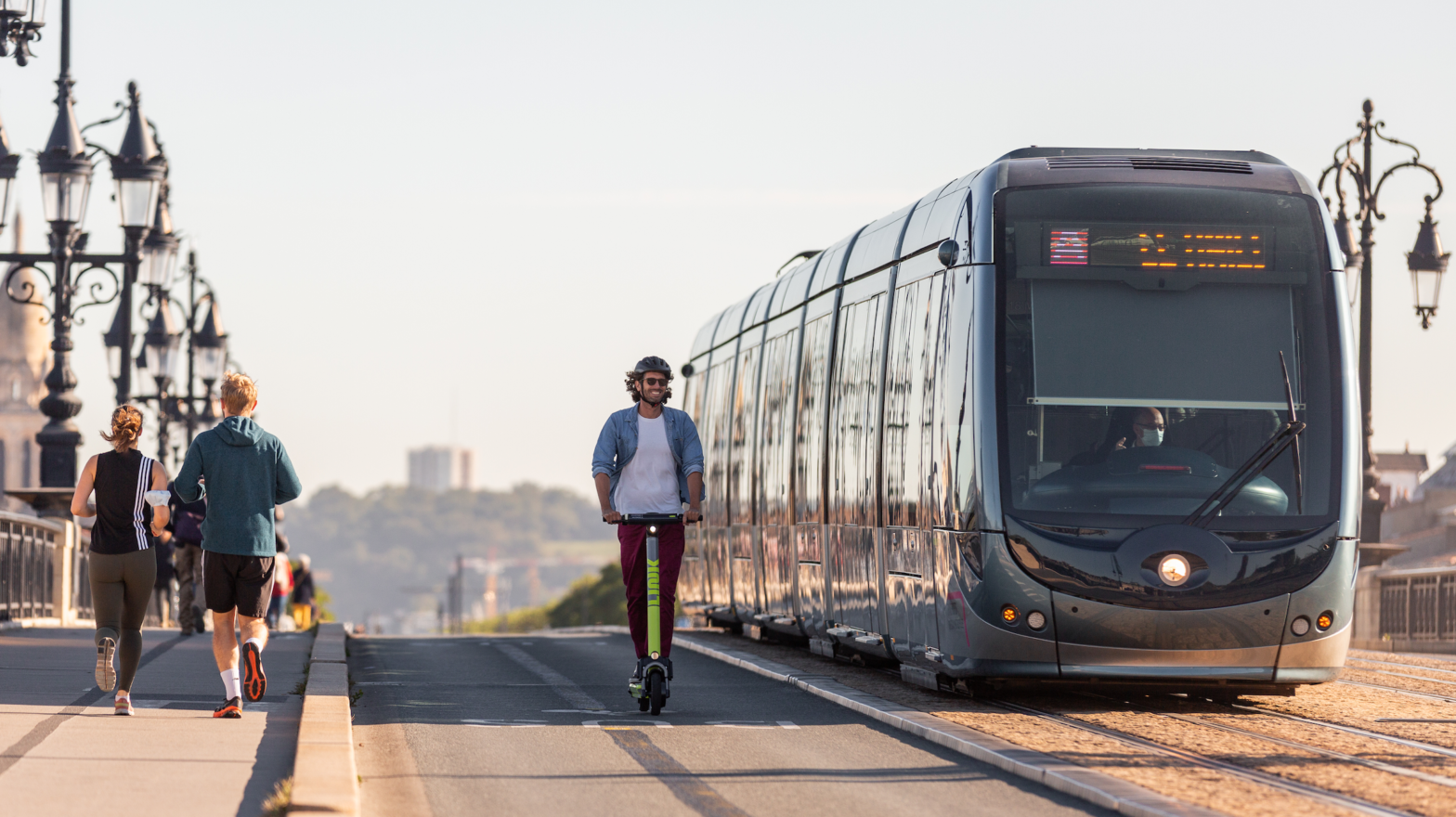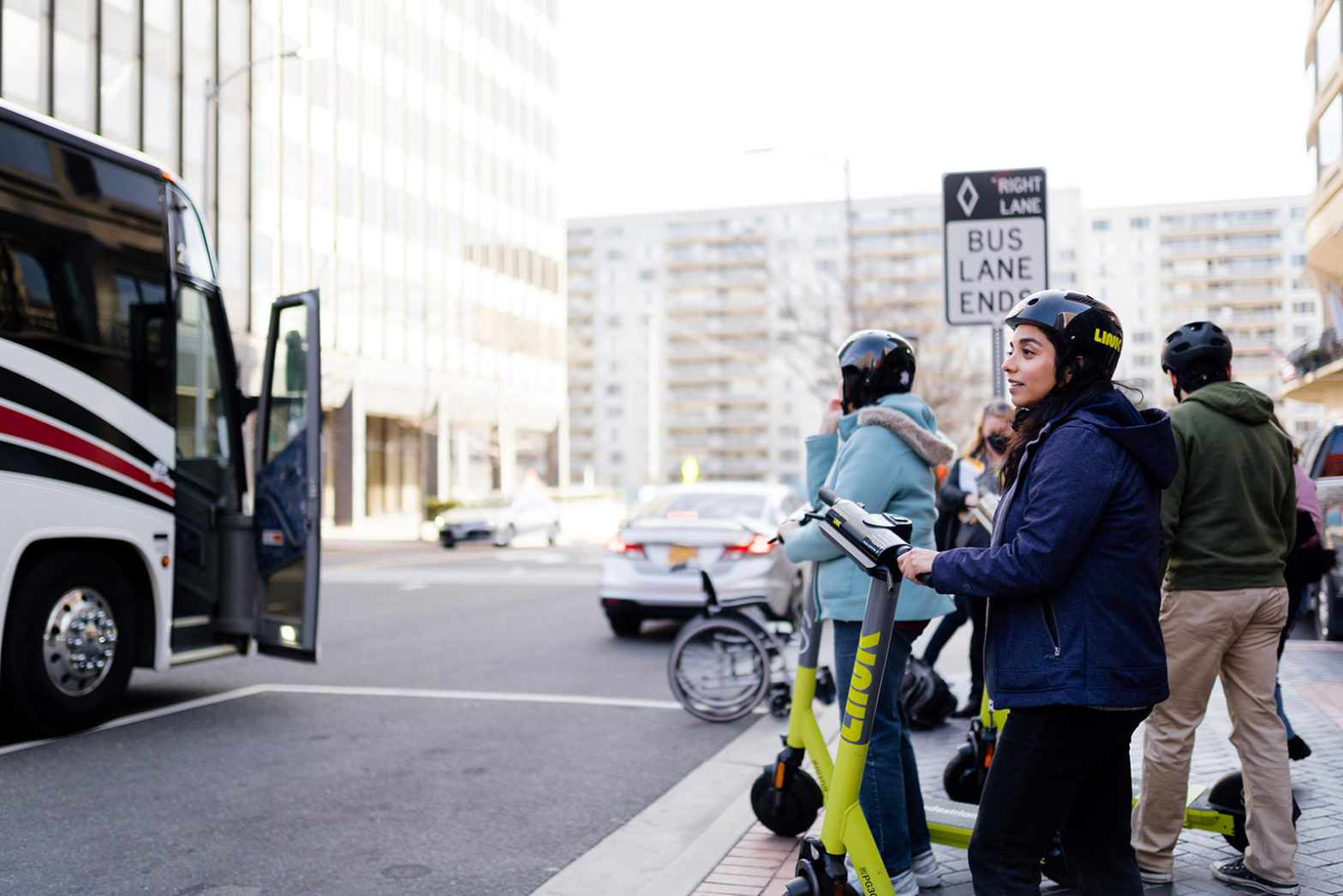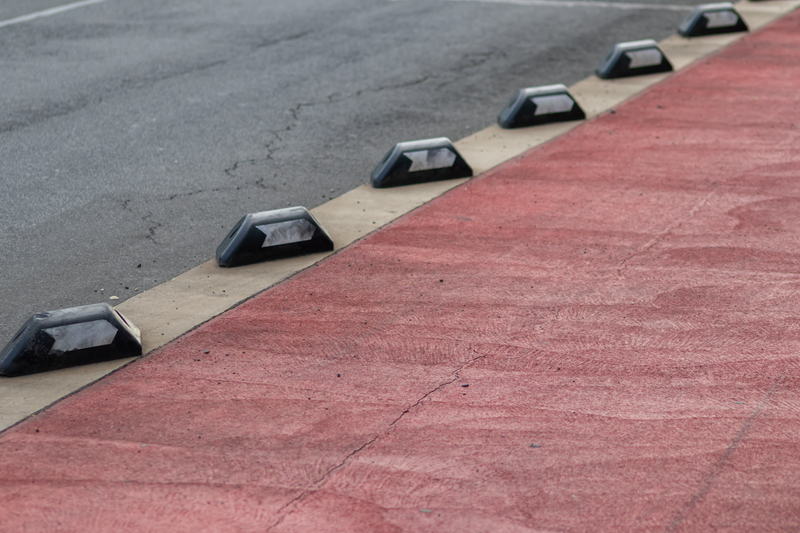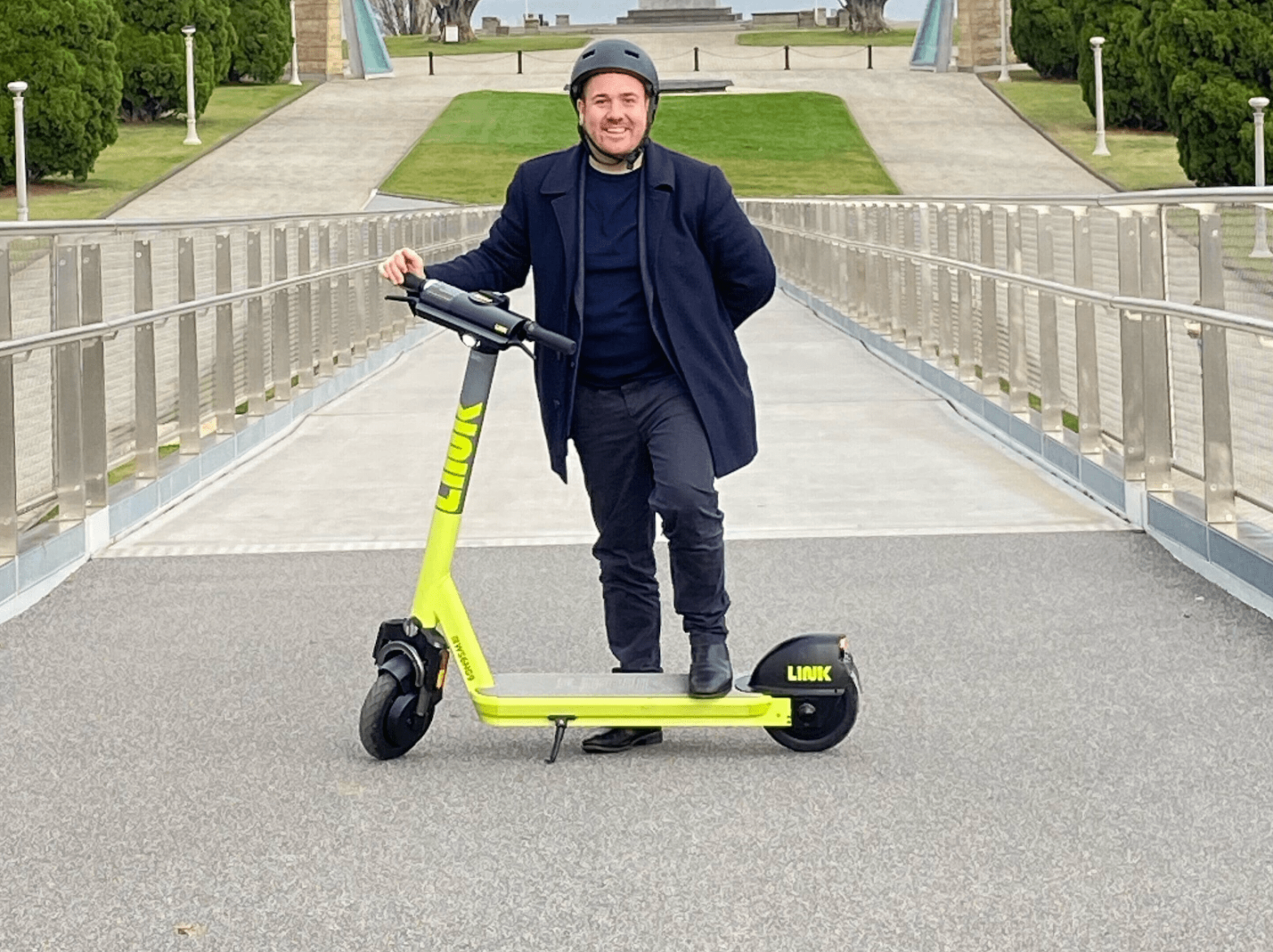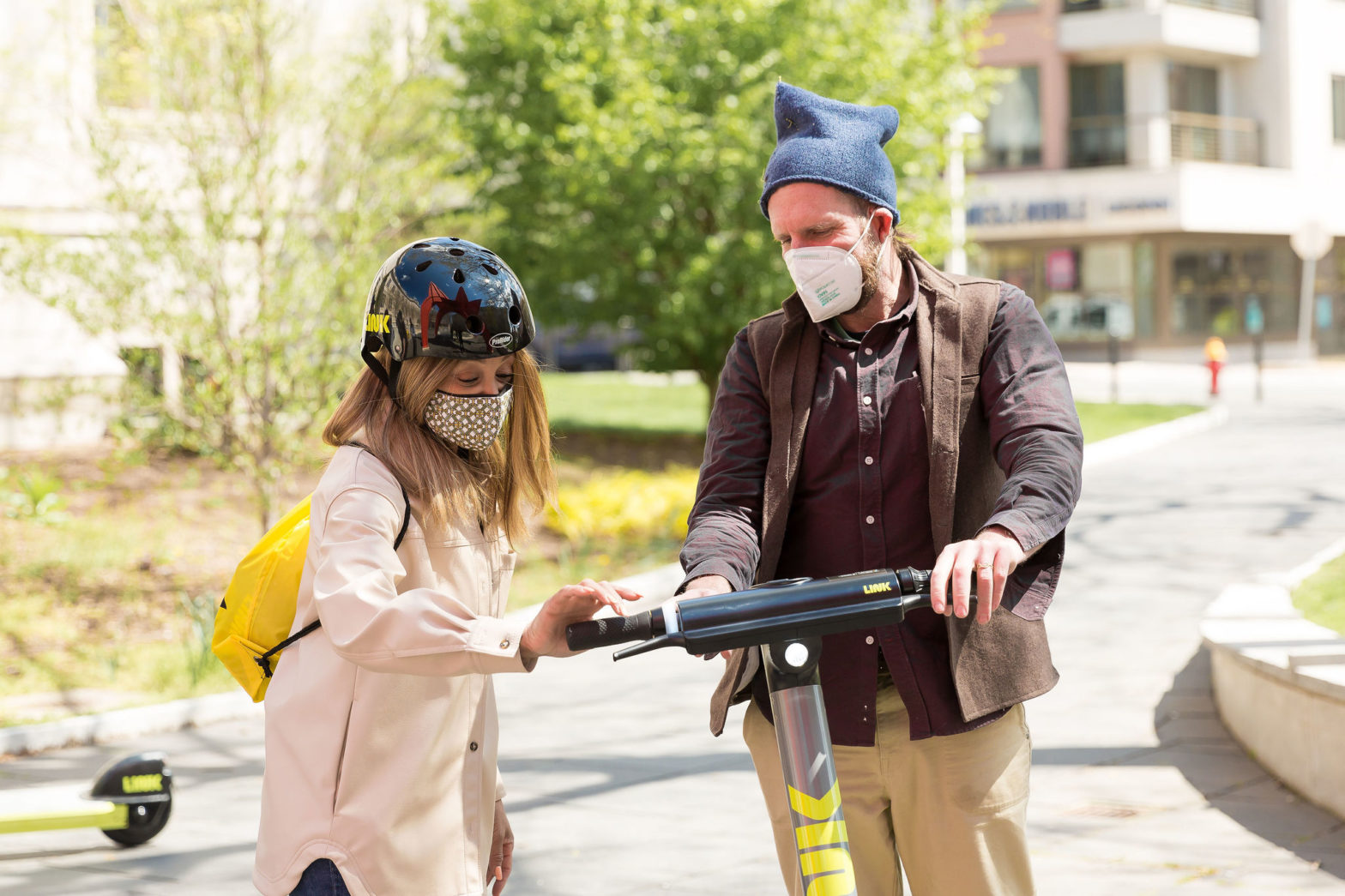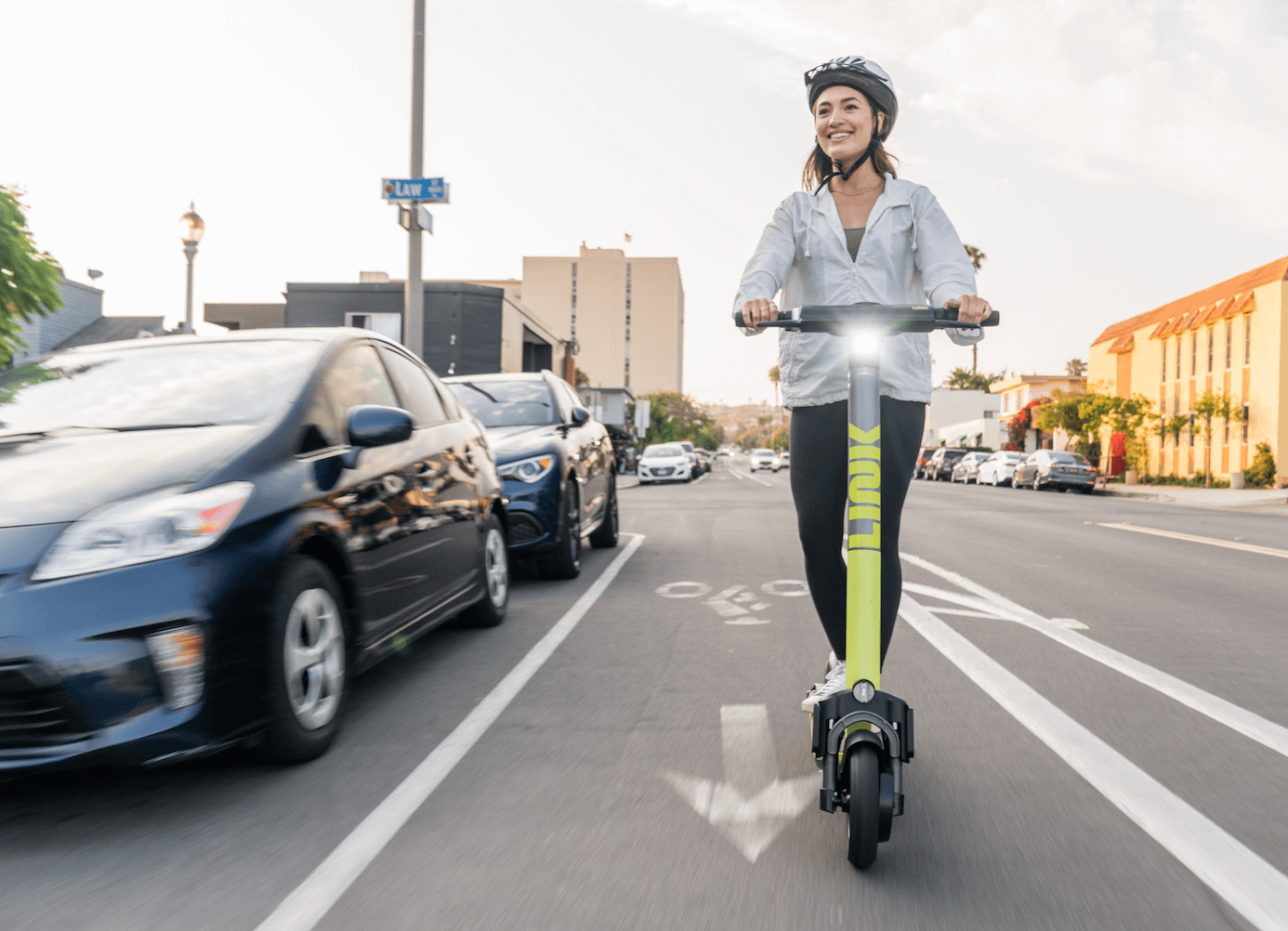
E-scooters benefit from new technology on safety
05 January 2022
In the UK, new Department for Transport (DfT) figures have revealed that 131 pedestrians were injured by e-scooters, out of a total of 931 injuries involving e-scooters reported from January 2020 to June 2021. But the statistics do not distinguish between illegal privately owned e-scooters and those operated by companies in 32 trials taking place across the country.
A DfT spokesperson noted: “No fatalities have been reported to the department by trial areas and trial e-scooters are limited to 15.5mph with compulsory safety features such as horns and bells.”
Anne Shaw, Interim Managing Director, Transport for West Midlands, which is trialling e-scooters in Birmingham, Coventry and West Bromich, says that many people still confuse privately owned scooters with the pilot schemes when reporting safety concerns.
“Scooters are very much a ‘Marmite’ issue [you either love them or hate them],” she says. “Some comments we are getting back from the public are skewed a little bit in terms of not understanding necessarily what the pilot is and what are personal scooters.”
Her insights form part of a new whitepaper that takes an in-depth look at how the latest generation of operator-run e-scooters and co-operation between cities and operators around the world are improving safety not only for riders but also pedestrians.
The whitepaper notes that more data is needed by cities in terms of setting policies on safety and explores how technology has recently improved safety since e-scooters were first launched over four years ago.
Experts including Juan Matute, Deputy Director, UCLA Institute of Transportation Studies, explain why the right infrastructure and good engineering are more important in ensuring safer scooters than enforcement, education and even vehicle design, and how partnerships with cities have helped to improve safety technology by providing feedback to operators.
“Previously the concerns governments were expressing didn’t necessarily make it to the product development cycle early on,” says Matute. “Now, some companies are valuing that input and are feeding that back to the research and development arms of their companies. New safety technology is putting company’s operations where its government relations mouth is.”
Scooter manufacturer and operator Superpedestrian began trialling a new Pedestrian Defense system on its Link scooters in July.
Through an array of motion sensors fused with GPS and machine learning, the technology detects unsafe behaviours like sidewalk riding, wrong-way riding, aggressive swerving and repeated hard braking, that is immediately corrected by slowing or safely stopping the scooter in real time.
Aggregated anonymised data from these scooters can provide much needed context to cities on what’s happening on streets and sidewalks and help them target locations that may need maintenance or safety upgrades.
“It’s not just about detecting that these things happen but really understanding what’s happening, how do we prevent it from happening, and how do we measure that to show that it’s not happening in the future,” says Ben Segal, Director of Research and Development at Superpedestrian.
Sam Morrissey, Executive Director of Urban Movement Labs contrasts the holistic safety steps and technology that e-scooter operators are taking with the automobile industry.
“It’s really a shame that we are not looking at vehicular travel the same way because [the safety concerns for vehicles are] probably 100 times greater,” he explains.
“The safety measures scooter companies are taking could be applied to cars. I am disheartened to not see those types of advancements particularly with connected automated vehicles which are solely making sure the person inside the vehicle is safe. I’d just love to see the technology Superpedestrian is making expanded to the automotive industry as well.”
The whitepaper includes case studies from Lisbon, West Midlands, Stockholm and Houston, and insights from Tim Papandreou, Founder of Emerging Transport Advisors and former Chief Innovation Officer at the San Francisco Municipal Transportation Agency, and Jessica Cicchino, Vice President for Research, Insurance Institute for Highway Safety.




